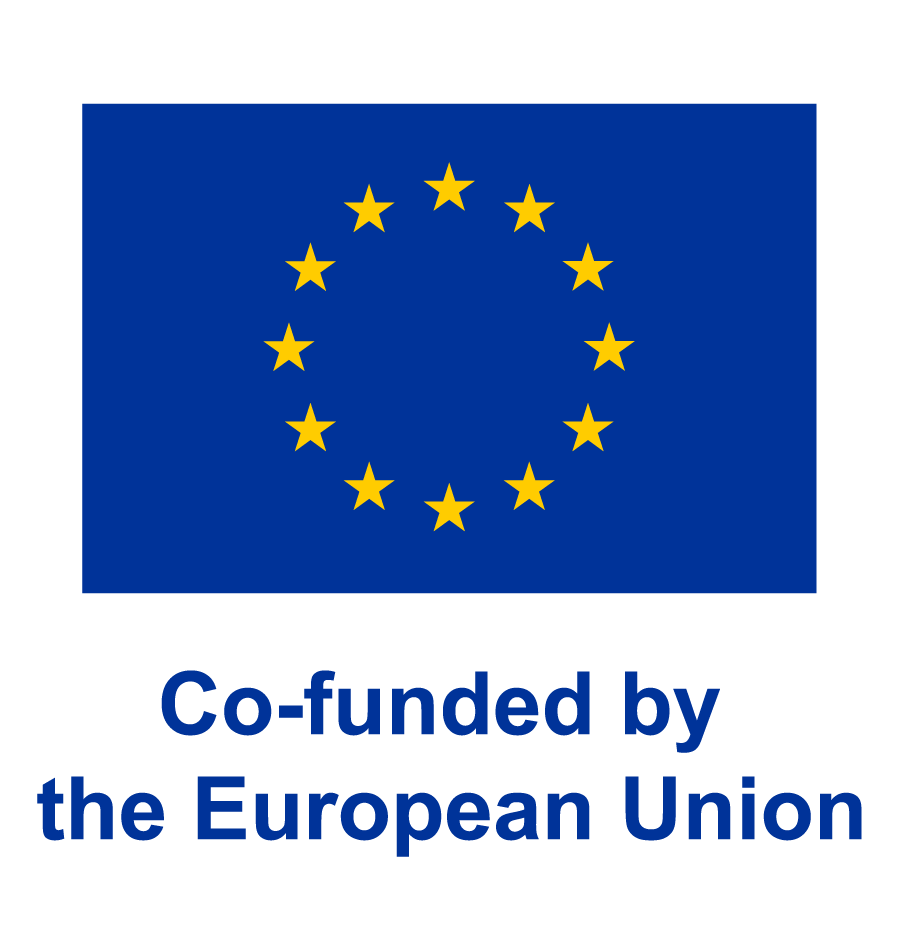Definition
Innovation Pedagogy is a strategic approach that enhances students’ competence-based learning, emphasizing problem-solving, teamwork, and research integration. It aims to equip students with skills that extend beyond academic knowledge, making them active contributors to society.
Why it matters for educators
Downloadable materials
Definition
Student-centered education is a pedagogical approach that shifts the focus from the teacher to the learner, encouraging students to take an active role in their own education. It promotes autonomy, responsibility, and active engagement.
Key characteristics:
Definition
Assessment in student-centered education goes beyond judgment—it serves as a tool for feedback and personal development.
Types of assessments in student-centered education:
Step-by-step implementation guide for educators:
Downloadable materials
Both student-centered education and Innovation Pedagogy (Innopeda®) shift the focus from teacher-led instruction to active, student-driven learning. In higher education and healthcare training, this means:
✔ Students take ownership of their learning journey.
✔ Educators act as facilitators, guiding rather than dictating.
✔ Learning becomes flexible, collaborative, and competency-driven.
Student-centered education emphasizes autonomy and responsibility, while Innopeda integrates multidisciplinarity, real-world problem-solving, and research-based learning (RDI). Combining these methods ensures effective, future-ready education.
Key teaching approaches from both methods:
| Student-Centered Education | Innovation Pedagogy |
| Active learning & collaboration | Multidisciplinary & RDI integration |
| Flexible, student-driven learning | Innovation-driven methods (e.g., projects, case studies) |
| Competency-based assessment | Development-oriented evaluation |
| Teacher as facilitator | Teacher as networker & mentor |

